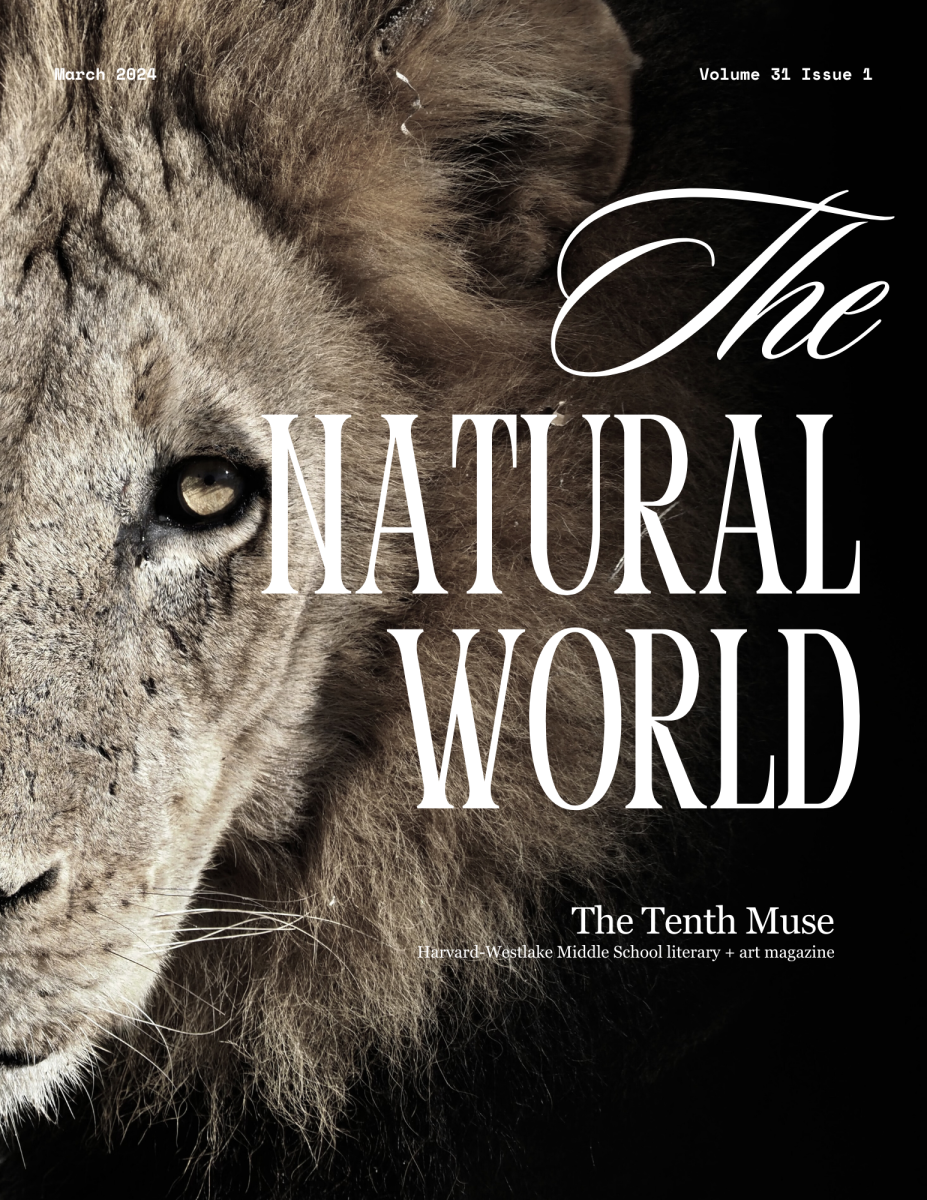On February 18, NASA landed its fifth rover on Mars, completing its seven-month long journey. The landing made headlines around the world as it marked another great success for humanity’s journey through space. But another great scientific achievement will be happening this year. The James Webb Space Telescope, or JWST, will be launching on October 31.
Haven’t heard of this telescope? The JWST is a deep space telescope built by the company Northrup Grumman which plans on having it succeed the Hubble Telescope.
The Hubble launched in 1990 making it thirty one years old this year. Although still functional, the telescope has served its purpose in capturing beautiful images of the cosmos. With new discoveries revolving around space (no pun intended), a new telescope is required, especially concerning black holes and their natures. Although it may seem easy to capture images of black holes, it proves a difficult task for scientists. First comes the problems of technology.
The Hubble’s capabilities in capturing images extend not far beyond the visible spectrum. In fact, it is only capable of capturing images slightly into the range of the infrared. But why is infrared so important?
Current telescopes have the power to see many millions of light years into space, but looking through them is not a simple stroll in the cosmic park. Our galaxy, the Milky Way, is classified as a galaxy with low surface brightness. This means that, viewed from Earth, the galaxy is darker than the ambient light from our planet, making it hard to see from Earth. Long story short, the Earth, a lot of the time, is too bright for us to see our galaxy.
In comes the infrared spectrum. Harnessing infrared light coming from all directions in the cosmos, we can bypass the issue of ambient light flooding the telescopes. We are also able to see through the dust and gas clouds that clog and blur up much of space.
The JWST boasts a newer more advanced telescope able to capture images much farther into the infrared spectrum bringing the darkest shadows of our universe into the light. With its incredible magnification power, we will be able to see further into space than ever before. The implications of this are huge, as the further you can see into space, the farther back you can see into time. Light reaching us from a star one billion light years away, picked up by our telescopes, creates an image of the star one billion years ago. The JWST will be able to see closer to the origins of the universe, allowing us to study it with much more precision.
This new telescope scheduled to launch this year will explore beyond distant planets, further our knowledge of the universe, and most importantly, find our role inside it.










